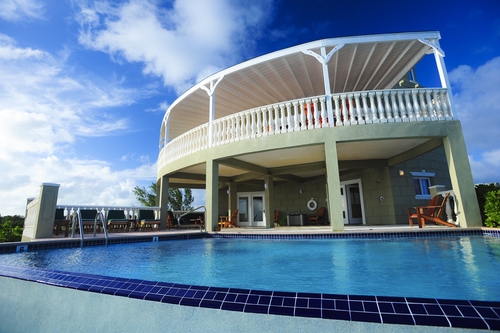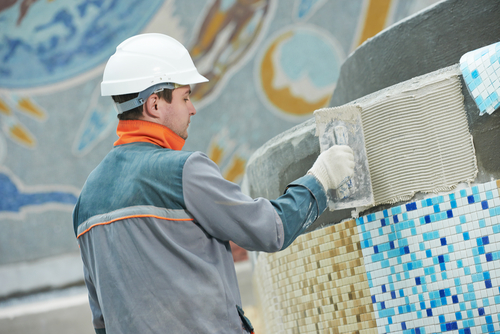Nothing lasts forever, and swimming pools, unfortunately, are no exception. Like every other part of your property, your pool will eventually become damaged by regular use and exposure to external factors. This is called “normal wear and tear”.
When this occurs, you’ll have no other choice but to redo pool in San Diego. Luckily for you, pool resurfacing can renew your pool and even give it a brand new look in a timely and cost-effective manner.
But what exactly does it mean to resurface a pool? Is resurfacing different from remodeling? Can you enlarge an existing pool during resurfacing? We’ll answer some of these common questions in this article. Read on.
What is pool resurfacing?
Pool resurfacing is the process of removing the old pool surface (tiles, pebbles, plaster, etc.) and applying a new one. It can also include fixing any cracks, blisters, and other damages that may have appeared on the pool’s floor and walls over the years.

If the resurfacing process also includes other upgrades, such as changing the shape of the pool, replacing or adding equipment, and so on, then it’s called pool remodeling.
What happens if you don’t resurface pool?
Failing to resurface a pool that needs resurfacing is no different than letting any other part of your house fall into disrepair. It’s eventually going to create all kinds of aesthetical and health-related problems.
These issues include:
A pool with corroded, cracked surfaces will become full of bacteria, fungi, dirt, and decomposing matter. This creates a fertile environment for all kinds of nasty waterborne diseases.
Cracked or otherwise damaged pool surfaces will cause water to leak into the surrounding earth. This will not only result in an exorbitant water bill, but it can also damage other parts of your property by soaking the earth around the pool.
A crack or a rough spot on the pool floor can injure a person’s feet. In addition to that, worn pool edges or surfaces around the pool can become slippery and therefore dangerous for anyone standing by the pool or trying to climb out of it.
A pool with damaged, blistered, or discolored surfaces looks uninviting. It also creates the impression that its owner used to be well off, but isn’t doing so well anymore. A pool in disrepair can even lower the value of your property or scare away potential buyers who don’t want to invest in extensive pool resurfacing.

What is the average cost to resurface a pool?
When you come right down to it, a pool resurfacing is a construction project. And like all construction projects, it contains many variables that affect the final price.
These variables include:
- The size of the pool in question (bigger is more expensive)
- The material used for resurfacing (eg., vinyl costs less than porcelain)
- Time of year (off-season resurfacing can be cheaper)
- Who does the resurfacing (top-quality companies generally charge more)
As always, you should give your pool resurfacing company of choice a call and tell them exactly what you want. They will happily hear you out, discuss the available options with you, and give you a price quote.
What’s the best way to reliably redo a pool in San Diego?
Have you spent a memorable day at the City Heights Swim Center with your loved ones and realized that a swimming pool would be an excellent addition to your home? Perhaps you already own an inground pool that could benefit from a first-rate resurfacing?
So Cal Custom Pools & Spas can attend to all your pool-related needs. Our award-winning technicians will gladly provide you with the superb service you’ve always wanted. Reach out to us today.



 5-Star Pool Builder
5-Star Pool Builder
 5-Star Rating on Facebook
5-Star Rating on Facebook
 We are on Angie's List
We are on Angie's List




